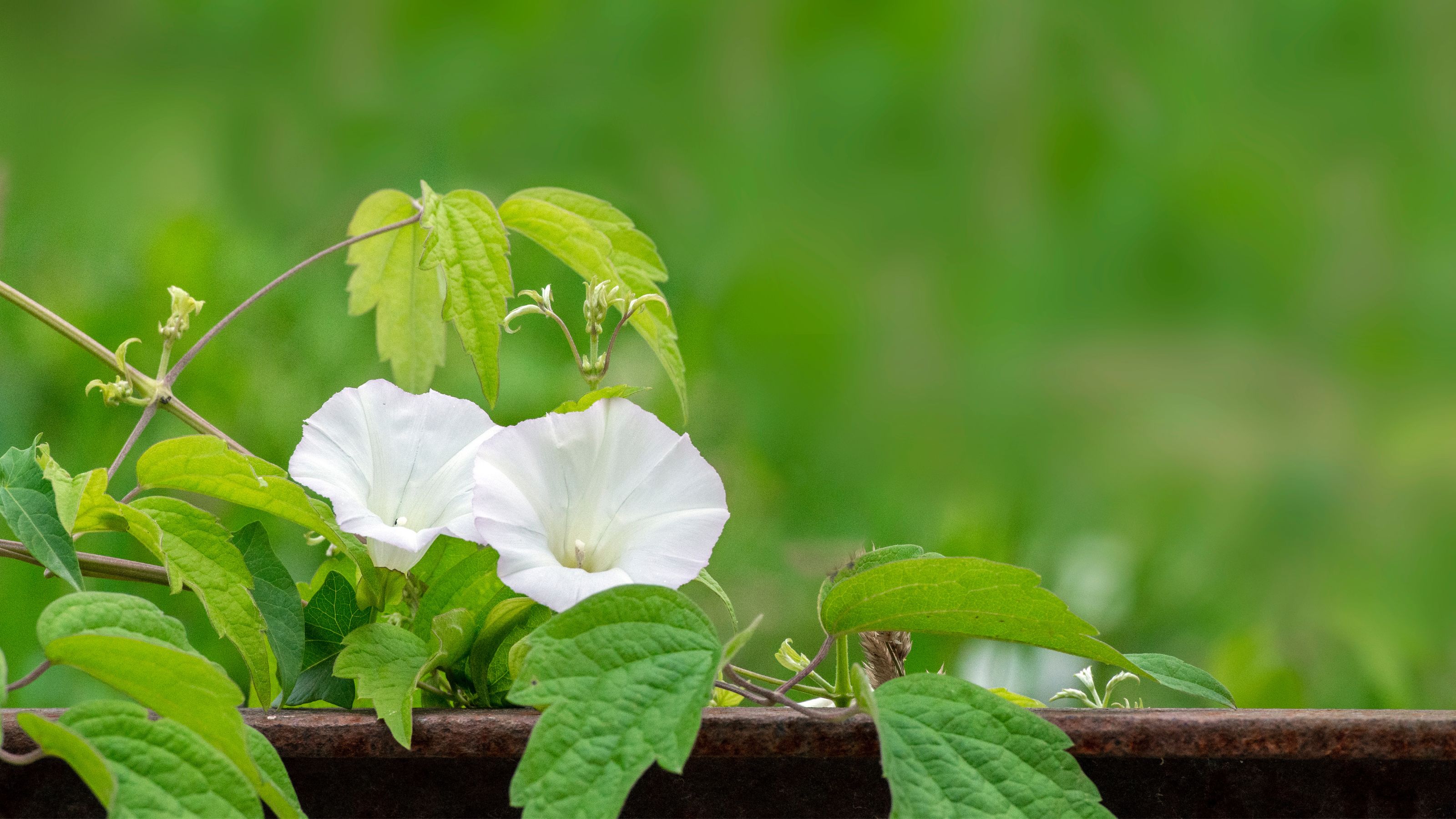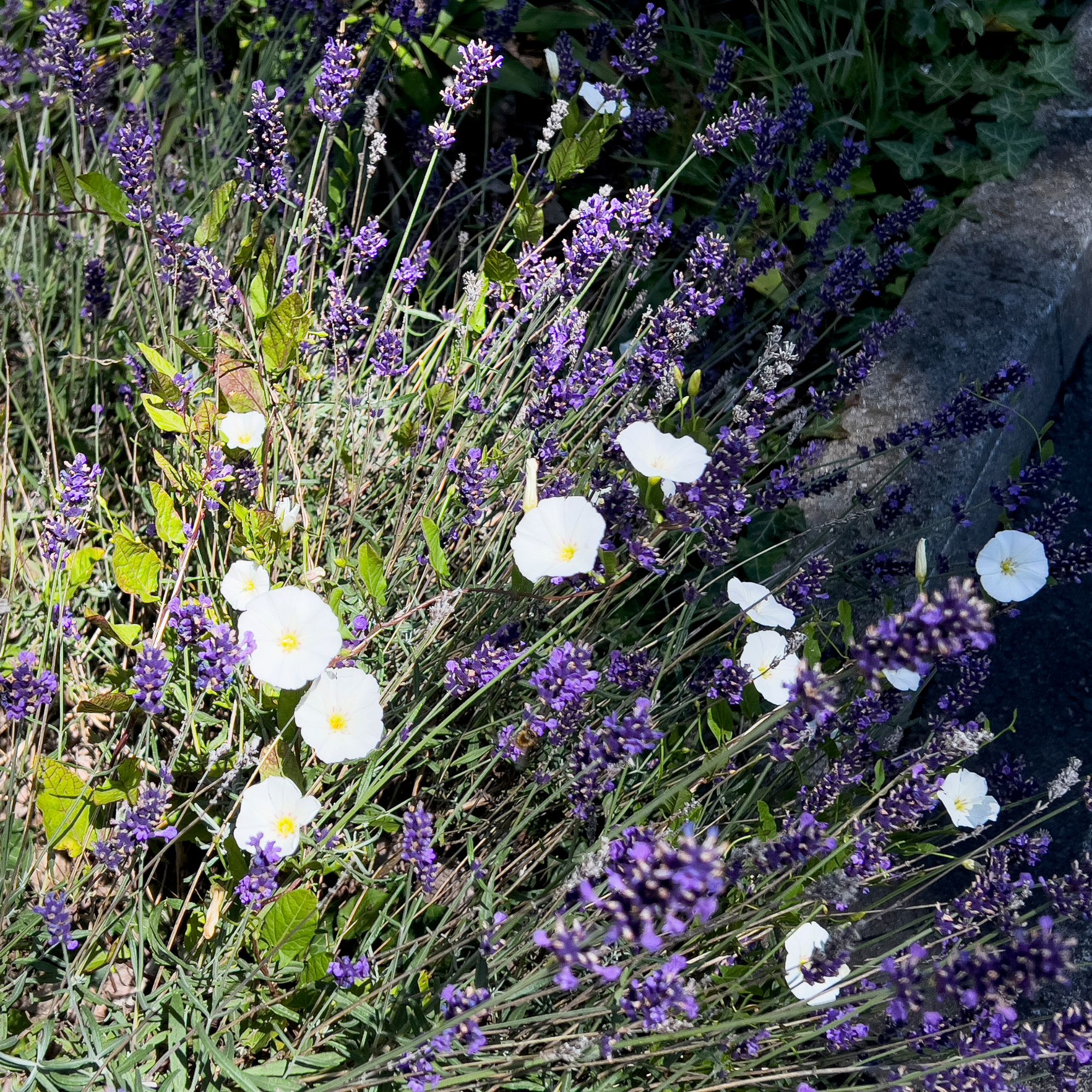3 unexpected benefits of bindweed – it has a bad rep but experts say this invasive plant might actually be helping your soil
Set down your weeding tools! Bindweed might not be the gardening nemesis you think it is...


With its long tendrils and smothering stems, bindweed is as close to Devil's Snare as we're likely to find outside of the Harry Potter books – so, yes, you'd be forgiven for thinking it's one of those thuggish plants that needs eradicating, stat.
We understand the bad press, of course; when left unchecked, bindweed is invasive and fiercely competitive, choking other plants and stealing valuable nutrients. But what if we told you there’s another side to this common garden weed? A side that might even make you… appreciate it?
In fact, when bindweed is treated as a native wildflower rather than, say, a wannabe Audrey II from Little Shop Of Horrors, it can usher in some genuine benefits for wildlife, soil health, and even your compost heap.
The benefits of bindweed
For many gardeners, the mere mention of bindweed conjures visions of endless tug-of-war battles with a plant that seems impossible to eradicate.
'Bindweed is often thought of as a gardener's nemesis,' says Morris Hankinson, director of Hopes Grove Nurseries.
'It soon creeps through hedgerows, up the stems of plants and along the ground. The roots are hard to remove, and sometimes it’s barely noticeable until it has swirled around plants and begins to peep up at the top, higher than the plant.'

Morris Hankinson is the founder and managing director of Hopes Grove Nurseries Ltd, the UK’s only specialist grower-retailer of hedging plants. He established the thriving business in 1992, shortly after graduating with a Commercial Horticulture Degree from Writtle College, Essex.
Still, while he strongly advises against letting it run rampant through your flower beds and vegetable gardens, bindweed is actually something of a secret weapon for green-fingered types – albeit only when given the chance to prove itself.
Sign up to our newsletter for style inspiration, real homes, project and garden advice and shopping know-how
So, before you pull every last strand of the stuff from your garden, here’s why bindweed might just be an unexpected asset hiding among your garden borders...
1. It's great for wildlife
'Bindweed is a UK native wildflower and provides essential food for many precious insects,' explains Morris.
'The bright white flowers attract an abundance of pollinators from bees, butterflies and hoverflies. And the foliage is a food source for beetles and caterpillars for moths such as the stunning elephant hawk moth, all of which are great to have around in the garden.'

Dr Emily Attlee, conservation scientist and co-founder of the original seed ball company, Seedball, agrees.
'Although often seen as a nuisance in gardens, bindweed is actually a native wildflower with an important role in the ecosystem,' she says. 'Its delicate, trumpet-shaped flowers are rich in nectar, providing a valuable food source for bees, butterflies, and other pollinators, while its dense growth offers shelter for insects and small creatures.'

Dr Emily Attlee is a conservation scientist and, along with Dr Ana Attlee, founded Seedball, a multiple-award-winning, not-for-profit organisation. Ana and Emily’s mission is to help increase the abundance of British wildflowers and wildlife that depend upon them by encouraging people to maximise the outdoor space available to them and scatter seed balls of native flowers.
2. It protects against soil erosion
Beyond helping wildlife, bindweed also does the soil some favours, helping to protect the topsoil (aka the most fertile layer rich in nutrients and organic matter).
'Bindweed can actually decrease soil erosion,' says Morris, noting that 'the plant's roots and habit mean it keeps the soil together so it doesn’t wash away in rain or blow away in the wind.'
3. It's great for feeding your garden

If you’re a fan of making your own compost and fertilisers, bindweed could become your secret ingredient.
'Bindweed can make a good plant feed,' Morris adds. 'Just like nettles and comfrey, bindweed can be chopped up and soaked in water to later dilute and use to feed plants.'
Something like this Compost Brewer from Amazon, £24.99 should help you do exactly that in bulk, if you're interested...
FAQs
Is bindweed as bad as knotweed?
While bindweed can be a nuisance, it's nowhere near as bad as Japanese knotweed. The latter can damage buildings, spread aggressively, and cause major legal and financial issues. Bindweed, on the flipside, is undeniably invasive, but it's much more manageable, it doesn't cause structural harm, and it's surprisingly beneficial, too.
Is bindweed toxic to humans?
Bindweed isn’t considered toxic to humans, but it’s not exactly edible either. In fact, it can cause mild stomach upset if it's eaten, so it’s best kept away from pets and children.
On that same note, make sure to always wear gloves when handling it, as the sap can irritate sensitive skin in some people.
'When allowed to grow in a controlled area or a space set aside for wildlife, bindweed can be a real asset to biodiversity,' says Dr Emily. 'However, left unmanaged in borders or vegetable beds, it quickly becomes invasive, so its place in the garden needs to be carefully considered and controlled.'
Still, when managed with care (and kept to specific wildlife-friendly corners, rather than allowed to do its own thing), this misunderstood plant could help your garden buzz with life. Who knew a garden nemesis could also prove itself such an unexpected ally, eh? Talk about a redemption arc...

Kayleigh Dray became Ideal Home’s Acting Content Editor in the spring of 2023, and is very excited to get to work. She joins the team after a decade-long career working as a journalist and editor across a number of leading lifestyle brands, both in-house and as a freelancer.
You must confirm your public display name before commenting
Please logout and then login again, you will then be prompted to enter your display name.